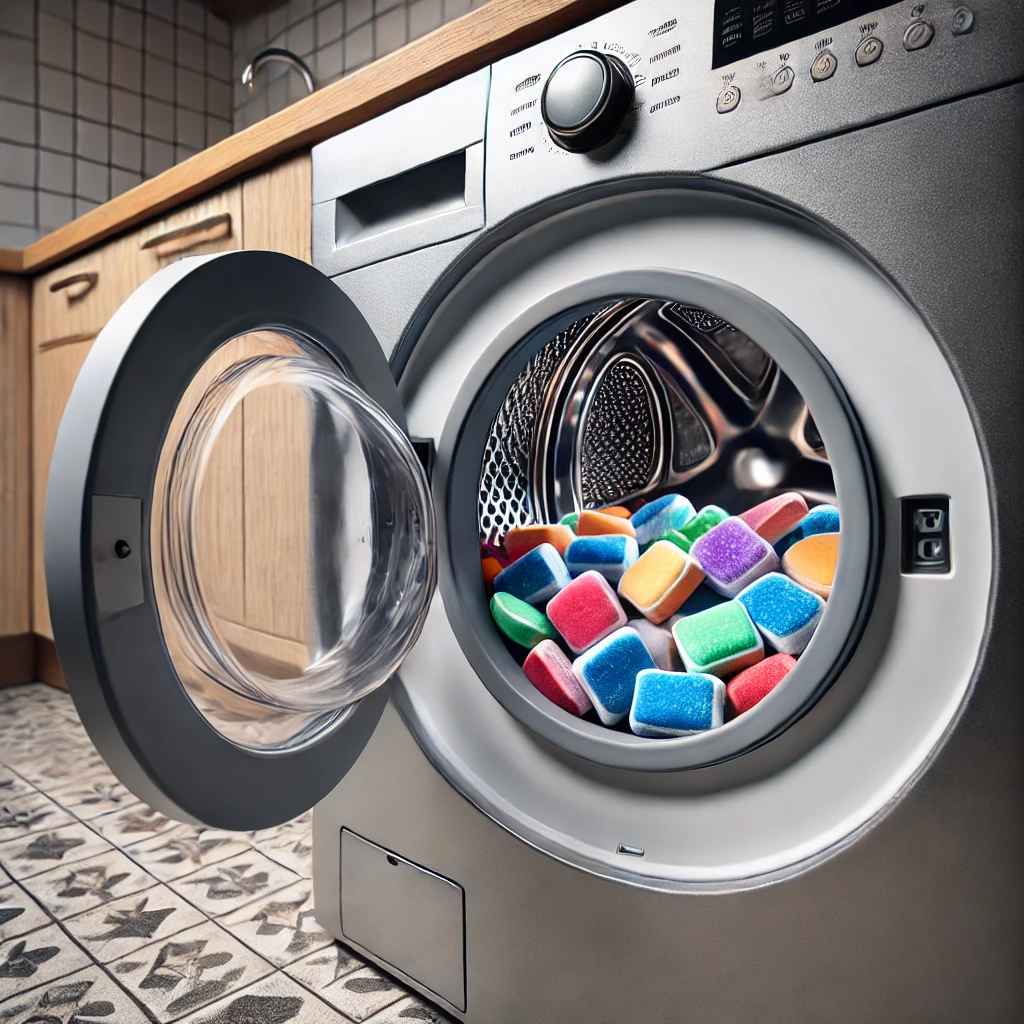
Washing Machine Preventative Maintenance Tips
A washing machine is an essential appliance in every home, making laundry tasks easier and more efficient. To keep it running smoothly and prevent costly repairs, regular preventative maintenance is key. By following these simple maintenance tips, you can extend the lifespan of your washing machine and ensure it performs at its best for years to come.
1. Clean the Lint Filter Regularly
Most washing machines have a lint filter that collects fabric fibres, hair, and debris during the wash cycle. Over time, this filter can become clogged, reducing the machine’s efficiency and potentially leading to drainage issues.
How to Clean:
- Check your washing machine’s manual to locate the lint filter.
- Remove the filter and clear out any trapped lint, hair, or debris.
- Rinse the filter under warm water and reinsert it back into the machine.
How Often to Clean: Clean the filter at least once a month or more frequently if you wash heavily soiled loads regularly.
2. Inspect and Clean the Detergent Drawer
Detergent, fabric softener, and other laundry products can leave behind residues that build up in the detergent drawer over time. This can lead to mould, unpleasant odours, and inefficient detergent distribution.
How to Clean:
- Remove the detergent drawer (consult your manual if necessary).
- Rinse the drawer under warm water and scrub away any built-up detergent residue.
- Use a toothbrush to clean hard-to-reach areas.
- Let the drawer dry completely before reinserting it into the machine.
How Often to Clean: Clean the detergent drawer every 1-2 months to prevent residue build-up and ensure proper detergent flow.
3. Check the Hoses for Leaks and Wear
Washing machine hoses can wear out over time, leading to leaks or even burst hoses, which can cause significant water damage. Regularly inspecting the hoses can prevent these issues.
How to Inspect:
- Check the hoses (both hot and cold) for any signs of wear, cracks, or bulging.
- Ensure the connections to the machine and water supply are secure and free from leaks.
- Replace hoses if they show any signs of wear or if they are older than five years, as this is the typical lifespan of washing machine hoses.
How Often to Inspect: Check the hoses every six months for signs of wear and tear.
4. Run a Cleaning Cycle with Vinegar
Over time, detergent, fabric softener, and mineral deposits from hard water can accumulate inside your washing machine, leading to foul odours and reduced cleaning efficiency. Running a cleaning cycle with vinegar can help remove these residues and keep your machine fresh.
How to Clean:
- Add two cups of white vinegar directly into the drum of the washing machine.
- Run a hot water cycle without any laundry to help dissolve detergent residue and clean the drum.
- After the cycle, wipe down the interior with a clean cloth to remove any remaining grime.
How Often to Clean: Run a cleaning cycle with vinegar every 1-2 months to keep the machine clean and odour-free.
5. Avoid Overloading the Machine
Overloading your washing machine can cause excessive strain on the drum, motor, and bearings, leading to potential damage and reduced performance. It can also result in clothes not being cleaned properly.
Tips for Proper Loading:
- Follow your machine’s load capacity guidelines, which can be found in the user manual.
- Leave enough space in the drum for clothes to move freely. As a general rule, you should be able to fit your hand above the clothes when the machine is loaded.
How Often to Monitor: Always be mindful of load size during every wash to avoid unnecessary strain on the machine.
6. Level the Washing Machine
An unlevel washing machine can cause excessive vibrations, leading to noise, inefficient washing, and potential damage to the machine’s internal components.
How to Level:
- Use a spirit level to check if your washing machine is balanced.
- If the machine is not level, adjust the feet at the base of the machine until it sits evenly on the floor.
How Often to Check: Check the level of your machine if you notice it vibrating excessively or moving during cycles.
7. Leave the Door Open After Each Wash
Mould and mildew can form inside your washing machine, particularly on the door seals, if moisture is trapped inside after a cycle. Leaving the door slightly open helps the machine air out, reducing the risk of mould growth and unpleasant smells.
How to Prevent Mould:
- After each wash, leave the door open for a few hours or until the interior has dried completely.
- Wipe down the door seal with a clean, dry cloth to remove any moisture.
How Often to Do This: Leave the door open after every wash to allow proper ventilation and drying.
8. Clean the Pump Filter
The pump filter helps catch small objects, debris, and lint that might enter the drain system. Over time, this filter can become clogged, causing water drainage problems and potentially leading to a breakdown.
How to Clean:
- Locate the pump filter, usually found at the bottom front of the washing machine (consult your manual if necessary).
- Remove the filter cover and clean out any lint, debris, or small objects.
- Rinse the filter under warm water and reinsert it.
How Often to Clean: Clean the pump filter every 2-3 months or whenever you notice slow drainage.
Conclusion
Regular preventative maintenance is key to keeping your washing machine running smoothly and avoiding costly repairs. By cleaning the filter, inspecting the hoses, running cleaning cycles, and following these simple tips, you’ll extend the life of your machine and ensure it operates at peak efficiency. Make these maintenance tasks part of your routine, and your washing machine will continue to serve you well for years to come.

